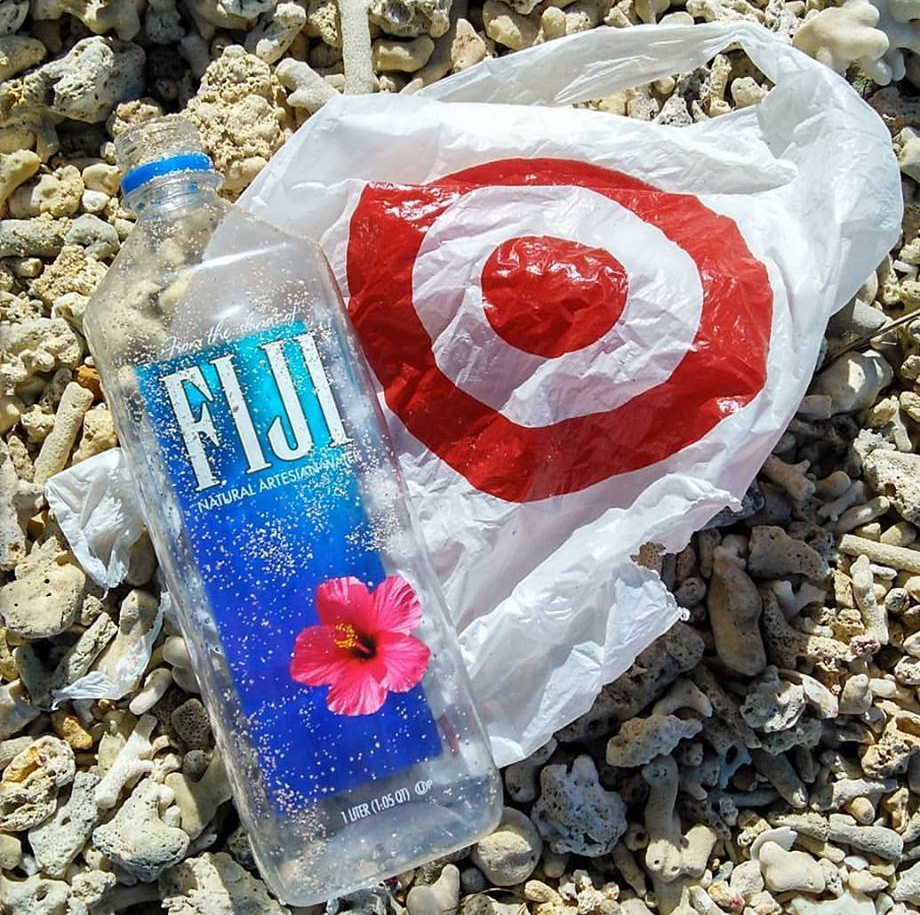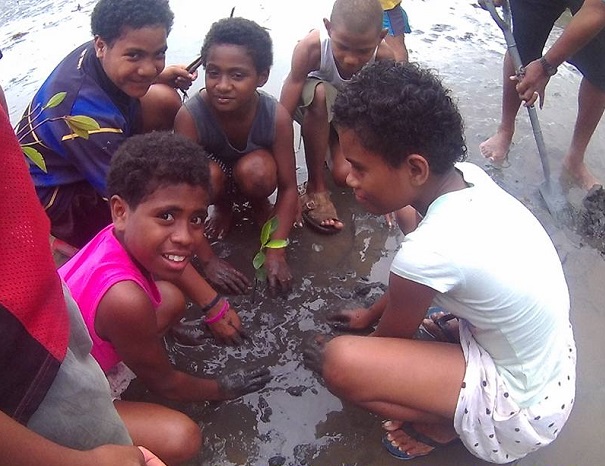Cut The Plastic Environmental Mitigation Solutions – Colorado / Fiji / Samoa
Plastic Pollution information to change your life Solutions to change the world
Plastics and our planet Urgent action is required by all consumers to reverse the course of destruction

by Brian Loma – Founder Cut The Plastic EMS
If you’re reading this either in it’s original English, or translated into your local language, you have consumed, or purchased, plastic at some time in your life. Plastic was used to store the ink this is flyer is printed on. Plastics have, for better or worse, changed the way humans consume and have allowed for major improvements in advancements for all of humanity. Unfortunately, as humans continue to increase the quantities of plastic that we use year after year, the methods and amount of plastic that is recycled or used again to make new things does not keep up with the demand for plastic products.
The role of Cut The Plastic EMS is to bring a closed loop consumption process to end users, reducing plastic pollution into the environment. By using modern technology to reprocess plastics on the very islands around the world where plastic is burned into the atmosphere or directly enters the ocean. Instead, we can develop enhanced infrastructure to eliminate dependencies on single use water while creating jobs, and enabling villages to have sufficient water for drinking and crops. By providing these resources, we close the gap in consumption, impacting health, poverty and long term impacts of poisoning by plastic.
Simply put, we use the post consumer plastic to improve the lives of people who don’t have the means to get rid of the waste. On islands, like most places in the world there is no extended manufacturers responsibility. In the United State we call them Deposits and they are only available in 10 of 50 states. Paying to have the plastics removed by boat from one island to the next in reverse order is currently not an effectively practiced idea as it can be where things like glass bottling exists. By incorporating a multi level community focused approach we have begun plans for providing long term solutions through strategic partnerships in Fiji, Samoa and beyond.

Closing holes in the consumption process to prevent environmental pollution is a social responsibility.
Microplastic, considered less than 3 mm in size, is already contaminating most of the world’s oceans, great lakes and many of the worlds water infrastructure. The plastics are found in soaps, sanitizer, shed from clothing and come from larger pieces of plastic as they deteriorate in the environment. Plastic now contaminates all levels of ocean life, beer in Milwaukee via the Great Lakes, and Salt around the world. Most microplastic comes from large plastic that breaks down into smaller pieces. These pieces attract chemical pollutants to their surface. The pollutants are then transferred up the food chain as the plastic is eaten and bio-accumulates up the food chain. To read more about plastic pollution and the environment read my piece : The Midway Atoll, an example of Plastics Destructive Power
Solving plastic pollution requires local clean, potable drinking water
Since Princess Diana first call for united change to impact the needs of water and food for those in Africa in the 1980’s, the urgency to ensure clean water access for all around the globe continues to grow. Unfortunately, so does the planets dependence on plastic single use water. Each case of bottled water consumes approximately 2.25 quarts of oil – burned into the atmosphere, just to manufacture and deliver it for use in the United States. If you drink a case of bottled water a week, that is ONE BARREL of oil burned into the atmosphere per year – just to drink water.
Global climate change is about increases in frequency and intensity of storms or weather patterns. They are occurring because of the quantities of carbon we burn into the atmosphere, for things like plastic bottled water. This is having long term impacts on island nations around the world. In Puerto Rico, like New Orleans after Hurricane Katrina; access to clean water is an issue more than 6 months into the recovery relief. It is for these reasons that communities throughout the world need to become self sufficient in ensuring that they have adequate access to clean water. Unfortunately, many in these far reaching places of the world, also buy and drink plastic water. In these places most people don’t earn two dollars (US) per hour, a version of poverty is rampant. In these places the plastic is burned into the atmosphere or ends up in the ocean.

Recycling old plastic into new water collection systems.
In order to change this culture and to shift island villages into places where clean water brings greater economic freedom Cut The Plastic Environmental Mitigation Solutions.llc is designing a micro recycling factory to take to island overseas, as well as to encourage changes here in the States. Previous articles like Issues Island Nations face with Modern Consumption Practices look at some of the issues I’ve already examined by living in the South Pacific. Based on these experiences I am on a mission to transform the post-consumer or ‘waste’ plastics into a clean water infrastructure. By combing a variety of existing technologies like spooling, 3D printing, shredding and injection molding we can take old plastic and make new items out of it. To learn more about plastic recycling and the processes we’re incorporating into our project be sure to check out Precious Plastic. In addition to the shared global vision they bring, we are incorporating additional technologies and practices observed while researching life on islands south of the Equator.
This projects long term goals are: to reduce or eliminate dependencies on imported water supplies and single use plastics, crate jobs through the development of new recycling infrastructures and to close gaps in plastic consumption by utilizing manufacturing as the method to export post consumer plastics off the islands they are shipped to. Additionally we’re hoping to improve the world around us, sparking the conversation around how we consume and what our social responsibilities are. We’re already engaging in the conversation and teaching people around the world to use less plastic and to be smarter in how they dispose of it.
Building a better future together
The next stage is rolling out the design and fundraising campaign. Later this summer we will be rolling out several campaigns both here in Denver and across the globe. Our effort is to design and manufacture portable wind and solar powered recycling facilities here in Denver utilizing ideas I gathered from a project in Swains Island that processes green bananas into flour using a shipping container factory and later found similar ideas in the Precious Plastic global community. At the same time launching several partnerships through sponsored beach cleanups, teaching recycling practices and developing new locations where plastic materials will be sorted and stored, awaiting the micro factory arrival. Our campaign will be teaching proper recycling techniques, which include eliminating consumption through responsible practices. The goal is to have facilities destined for the South Pacific Ocean and the island nations of Fiji and Samoa. We’re currently working with ministry and community leaders in both countries to approve initial target locations and to coordinate further education and mitigation projects.
The entirety of these projects will be funded starting with social resource funding and targeting strategic partnerships with corporations that should be financially liable for the mitigation of the materials they sell that pollute our planet. There are existing Social Responsibility entities whose coordinated relationships which will be announced also.








